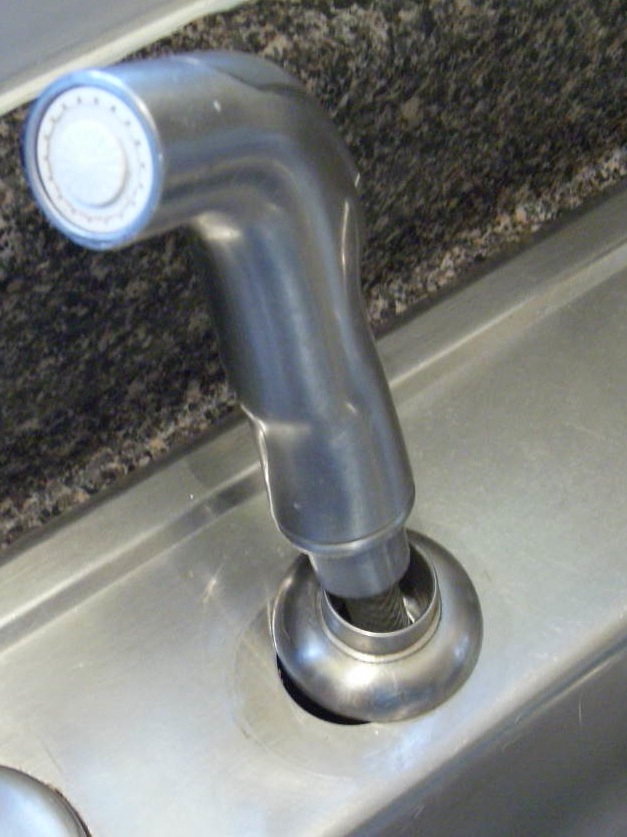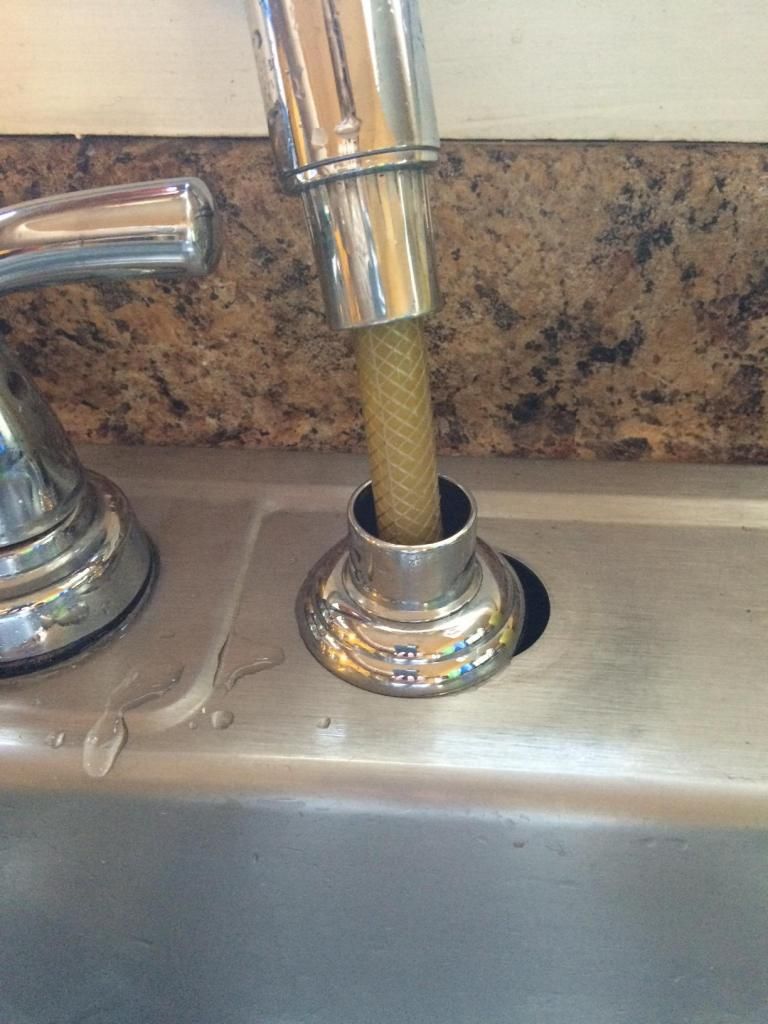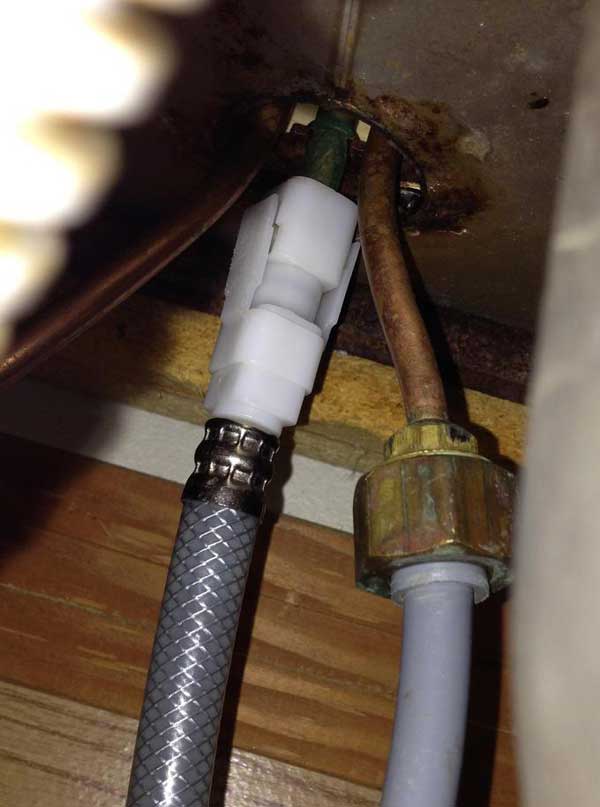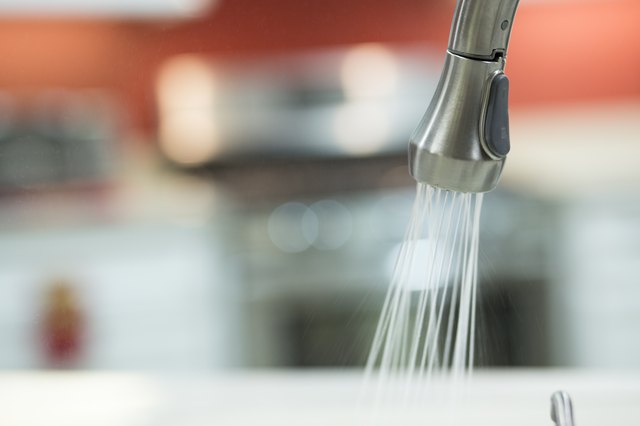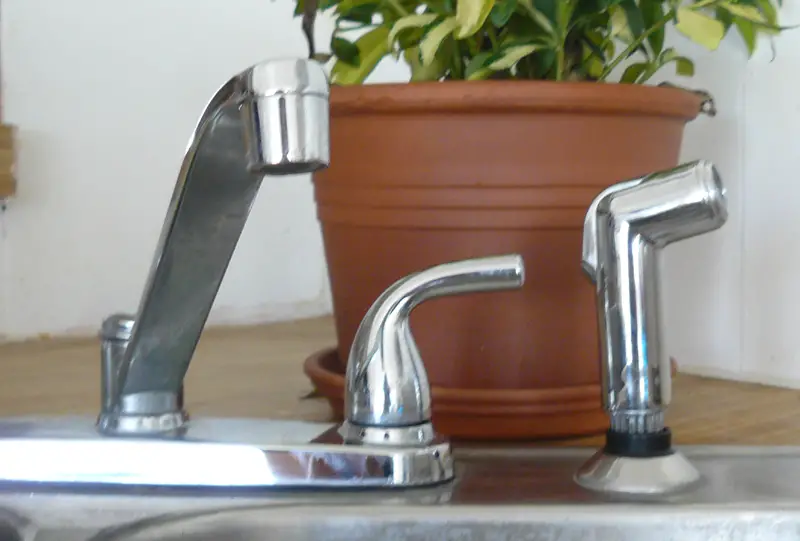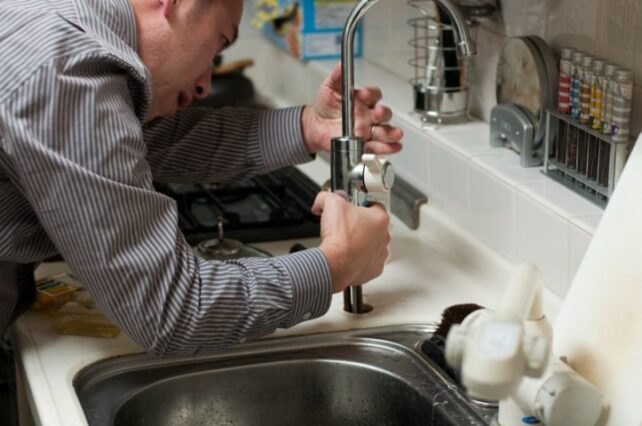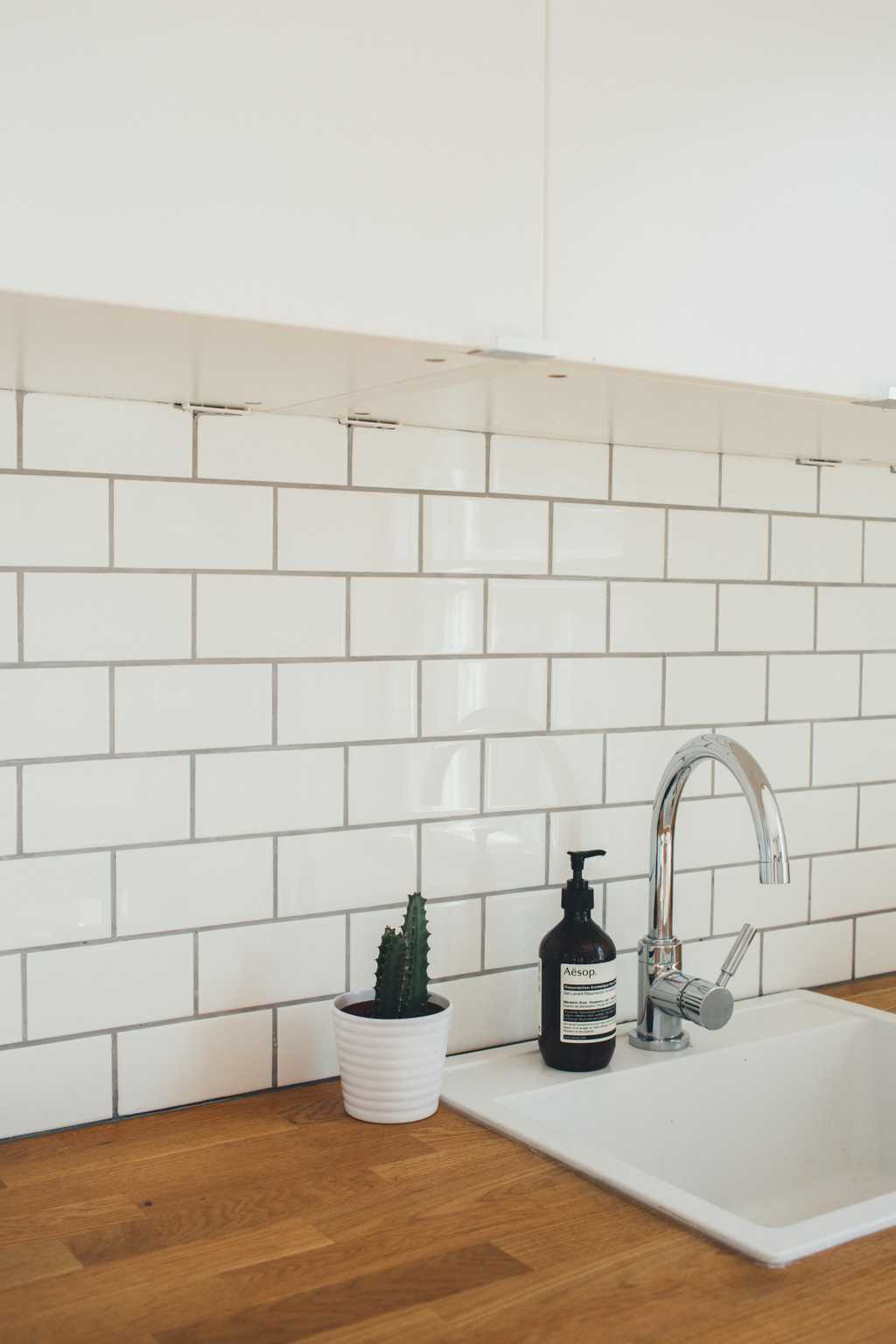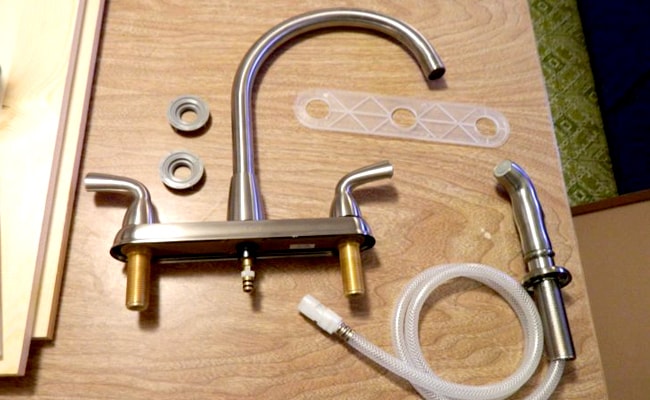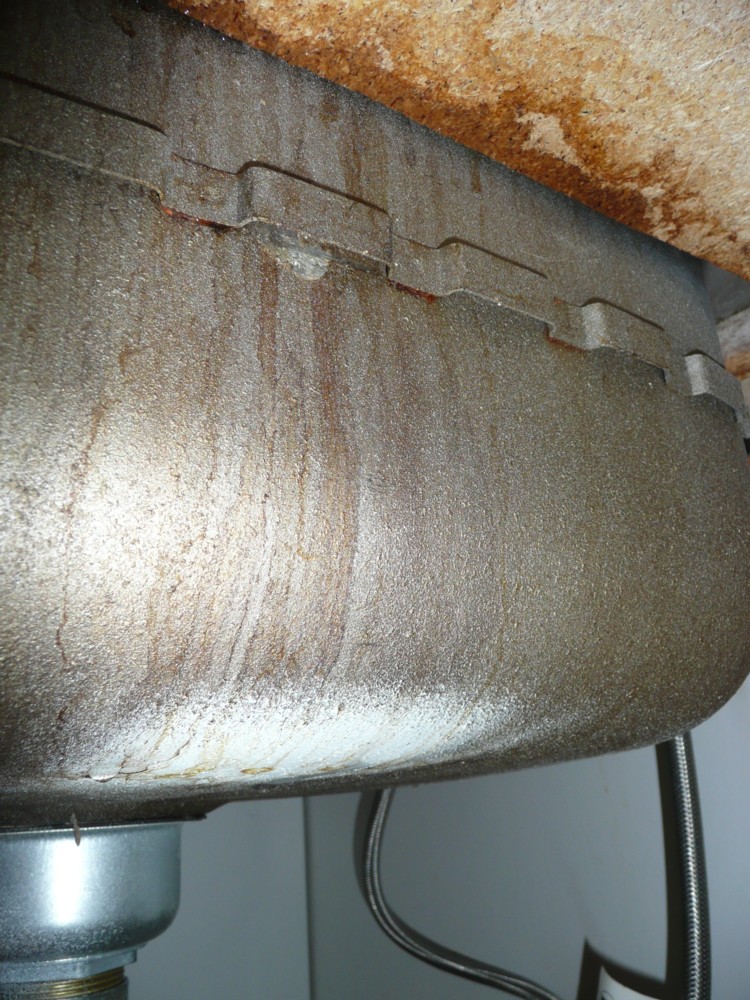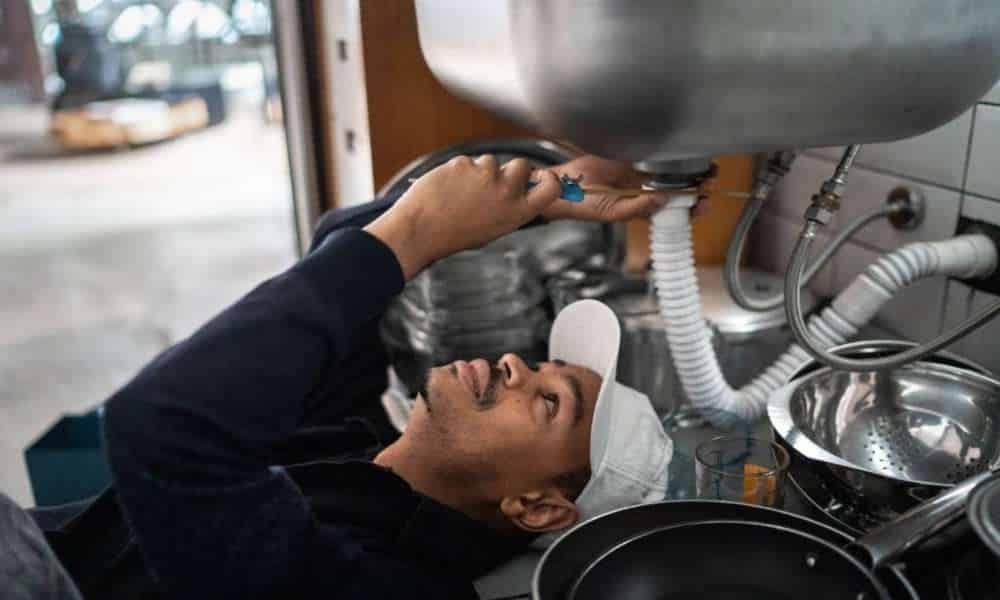If you're experiencing a constant drip from your kitchen sink faucet, it's time to fix that leak. Not only is a leaky faucet annoying, but it can also waste a significant amount of water and result in a higher water bill. The good news is, fixing a leaky kitchen sink faucet is a relatively easy task that can be done in a few simple steps. To begin, turn off the water supply to your kitchen sink. This can usually be done by finding the shut-off valves under the sink and turning them to the off position. If you can't find the shut-off valves, you may need to turn off the main water supply to your house. Next, remove the handle of the faucet. This can usually be done by unscrewing a small screw located under a decorative cap on the handle. Once the handle is removed, you will see the cartridge or valve that controls the flow of water. Check to see if there are any worn or damaged parts that may need to be replaced. If everything looks intact, you may just need to clean the cartridge or valve to remove any buildup that may be causing the leak. If you do need to replace a part, make sure to take the old one with you to the hardware store to ensure you get the correct replacement. Once you have the new part, simply reassemble the faucet and turn the water supply back on. Your leak should now be fixed, and you can enjoy a drip-free kitchen sink faucet.How to Fix a Leaky Kitchen Sink Faucet
Low hot water pressure in the kitchen sink can be a frustrating issue, especially when you're trying to wash dishes or fill a pot with hot water. If you're experiencing this problem, there are a few things you can check to try and troubleshoot the issue. First, check the aerator on your faucet. This small mesh screen can become clogged with sediment over time, causing a decrease in water pressure. Simply unscrew the aerator, clean it, and screw it back on to see if that improves the hot water pressure. If the aerator is not the issue, you may need to check the hot water shut-off valve under the sink. Make sure it is fully open and not partially closed. If it is partially closed, this can restrict the flow of hot water to your faucet. Another potential cause of low hot water pressure in the kitchen sink could be a clog in the hot water line. This can be a more difficult issue to fix and may require the help of a professional plumber. They can use specialized tools to clear out any clogs in the hot water line and restore proper water pressure.How to Troubleshoot Low Hot Water Pressure in the Kitchen Sink
A clogged kitchen sink can be a major inconvenience, but it's a common household problem that can usually be fixed with a few simple steps. The first step is to try using a plunger. Make sure there is enough water in the sink to cover the plunger and create a seal. Plunge vigorously to try and dislodge the clog. If this doesn't work, you can try using a drain snake to physically remove the blockage. If these methods don't work, you may need to use a chemical drain cleaner. Be sure to follow the instructions carefully and use caution, as these products can be harmful if not used properly. If all else fails, it may be time to call a plumber. They have the tools and expertise to clear out even the most stubborn clogs and get your kitchen sink back up and running.How to Unclog a Kitchen Sink
If you're remodeling your kitchen or just want to update your sink, installing a new kitchen sink is a task that can be done by most homeowners. Before you begin, make sure you have all the necessary tools and materials, including a new sink, faucet, and silicone sealant. To start, turn off the water supply to your kitchen sink and disconnect the plumbing. Next, remove the old sink and clean the area where the new sink will be installed. Measure the opening for the sink and mark the cut lines on the countertop if necessary. Use a jigsaw to carefully cut the hole for the sink. Place the new sink into the opening and secure it with mounting clips. Install the faucet according to the manufacturer's instructions, and then connect the plumbing. Finally, use silicone sealant around the edges of the sink to create a watertight seal. Once the sealant has dried, turn the water supply back on and check for any leaks.How to Install a Kitchen Sink
If your kitchen sink sprayer is no longer functioning properly, it may be time to replace it. This is a relatively simple process that can be done in a few steps. To begin, turn off the water supply to your kitchen sink and disconnect the sprayer from the faucet. Next, unscrew the sprayer from the hose and remove the sprayer head. Take the old sprayer with you to the hardware store to ensure you get the correct replacement. Once you have the new sprayer, attach it to the hose and then screw on the sprayer head. Reconnect the sprayer to the faucet and turn the water supply back on. Test the new sprayer to make sure it is functioning properly.How to Replace a Kitchen Sink Sprayer
A clogged or slow-draining kitchen sink can be a frustrating problem, but it's a common issue that can usually be fixed without the help of a professional plumber. The first step is to try using a plunger to dislodge the clog. If this doesn't work, you can try using a drain snake to physically remove the blockage. If these methods don't work, you may need to use a chemical drain cleaner. Be sure to follow the instructions carefully and use caution when handling these products. If the drain is still clogged, you may need to remove the trap under the sink to access the clog. Place a bucket under the trap to catch any water, and then unscrew the trap to remove it. You can then use a drain auger to clear out the clog. Once the clog is removed, reattach the trap and test the drain to make sure it is working properly.How to Fix a Kitchen Sink Drain
If you're installing a new kitchen sink, you will also need to install a new drain. This is a relatively simple process that can be done in a few steps. First, turn off the water supply to your sink and disconnect the plumbing. Next, install the drain tailpiece and attach the rubber gasket and cardboard washer to the bottom of the sink. Place the drain basket into the sink and secure it with the provided locknut. Finally, connect the drain tailpiece to the trap and reattach the plumbing. Turn the water supply back on and check for any leaks.How to Install a Kitchen Sink Drain
If your kitchen sink sprayer is experiencing low water pressure or is not functioning at all, it may be time to fix it. This is a relatively simple task that can be done in a few steps. First, check the aerator on the sprayer head. This small mesh screen can become clogged with sediment over time, causing a decrease in water pressure. Simply unscrew the aerator, clean it, and screw it back on to see if that improves the water pressure. If the aerator is not the issue, check the hose for any kinks or blockages. If the hose is damaged, it will need to be replaced. If there are no issues with the hose, the problem may be with the diverter valve. This valve controls the flow of water between the faucet and the sprayer. It may need to be cleaned or replaced to fix the issue.How to Fix a Kitchen Sink Sprayer
If you want to update the look of your kitchen or your faucet is no longer functioning properly, it may be time to replace your kitchen sink faucet. This is a task that can be done by most homeowners with the right tools and materials. To begin, turn off the water supply to your sink and disconnect the plumbing. Next, remove the old faucet and clean the area where the new faucet will be installed. Follow the manufacturer's instructions to install the new faucet, and then reconnect the plumbing. Turn the water supply back on and check for any leaks.How to Replace a Kitchen Sink Faucet
A leaky kitchen sink is not only annoying, but it can also lead to water damage and increased water bills. If you're experiencing a leak, it's important to fix it as soon as possible. The first step is to identify where the leak is coming from. It could be a leak from the faucet, a leak from the drain, or a leak from the pipes under the sink. Once you have identified the source of the leak, you can take the necessary steps to fix it. If the leak is coming from the faucet, you can follow the steps outlined in the first heading of this article to fix it. If the leak is coming from the drain, you can try using a plunger, drain snake, or chemical drain cleaner to clear any clogs. If the leak is coming from the pipes under the sink, you may need to call a plumber to properly fix the issue.How to Fix a Kitchen Sink Leak
The Benefits of Installing a Hot Water System in Your Kitchen Sink

Efficiency and Convenience
 One of the most essential elements in a well-designed house is the kitchen. This is where families come together to cook and share meals, making it a vital part of every home. However, the functionality of a kitchen is heavily dependent on its design and features, and one crucial feature that is often overlooked is the hot water system in the kitchen sink. This system offers numerous benefits, including efficiency and convenience, that can greatly improve your overall cooking experience.
Hot water streaming from the kitchen sink is not just a luxury, but a practical necessity.
Imagine having to constantly heat up water on the stove or in a kettle every time you need hot water for cooking or cleaning. This not only wastes time and energy but also adds to your utility bills. With a hot water system installed in your kitchen sink, you can simply turn on the tap and have hot water instantly, saving you time and money in the long run.
One of the most essential elements in a well-designed house is the kitchen. This is where families come together to cook and share meals, making it a vital part of every home. However, the functionality of a kitchen is heavily dependent on its design and features, and one crucial feature that is often overlooked is the hot water system in the kitchen sink. This system offers numerous benefits, including efficiency and convenience, that can greatly improve your overall cooking experience.
Hot water streaming from the kitchen sink is not just a luxury, but a practical necessity.
Imagine having to constantly heat up water on the stove or in a kettle every time you need hot water for cooking or cleaning. This not only wastes time and energy but also adds to your utility bills. With a hot water system installed in your kitchen sink, you can simply turn on the tap and have hot water instantly, saving you time and money in the long run.
Improved Hygiene
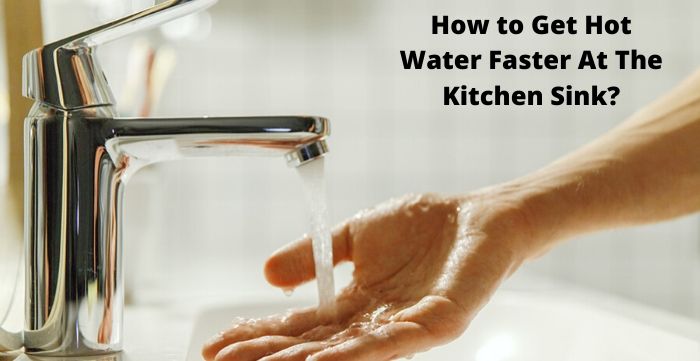 In the kitchen, cleanliness is crucial to ensure the safety and health of your family. With a hot water system, you can easily wash and sanitize your dishes, utensils, and countertops with hot water, eliminating any harmful bacteria or germs. Hot water is also effective in removing tough stains and grease, making your kitchen spotless and germ-free.
In the kitchen, cleanliness is crucial to ensure the safety and health of your family. With a hot water system, you can easily wash and sanitize your dishes, utensils, and countertops with hot water, eliminating any harmful bacteria or germs. Hot water is also effective in removing tough stains and grease, making your kitchen spotless and germ-free.
Enhanced Cooking Experience
 Cooking can be a messy and time-consuming task, especially when you have to constantly heat up water. But with hot water streaming directly from your kitchen sink, you can easily fill pots and pans with hot water, making cooking and food preparation much more efficient. This is particularly helpful when cooking dishes that require hot water, such as pasta or soups.
In addition, a hot water system also allows you to easily and quickly clean fruits and vegetables, saving you time and effort.
This is especially useful for busy families who want to cook healthy meals but may not have the time to spend on food preparation.
Cooking can be a messy and time-consuming task, especially when you have to constantly heat up water. But with hot water streaming directly from your kitchen sink, you can easily fill pots and pans with hot water, making cooking and food preparation much more efficient. This is particularly helpful when cooking dishes that require hot water, such as pasta or soups.
In addition, a hot water system also allows you to easily and quickly clean fruits and vegetables, saving you time and effort.
This is especially useful for busy families who want to cook healthy meals but may not have the time to spend on food preparation.
















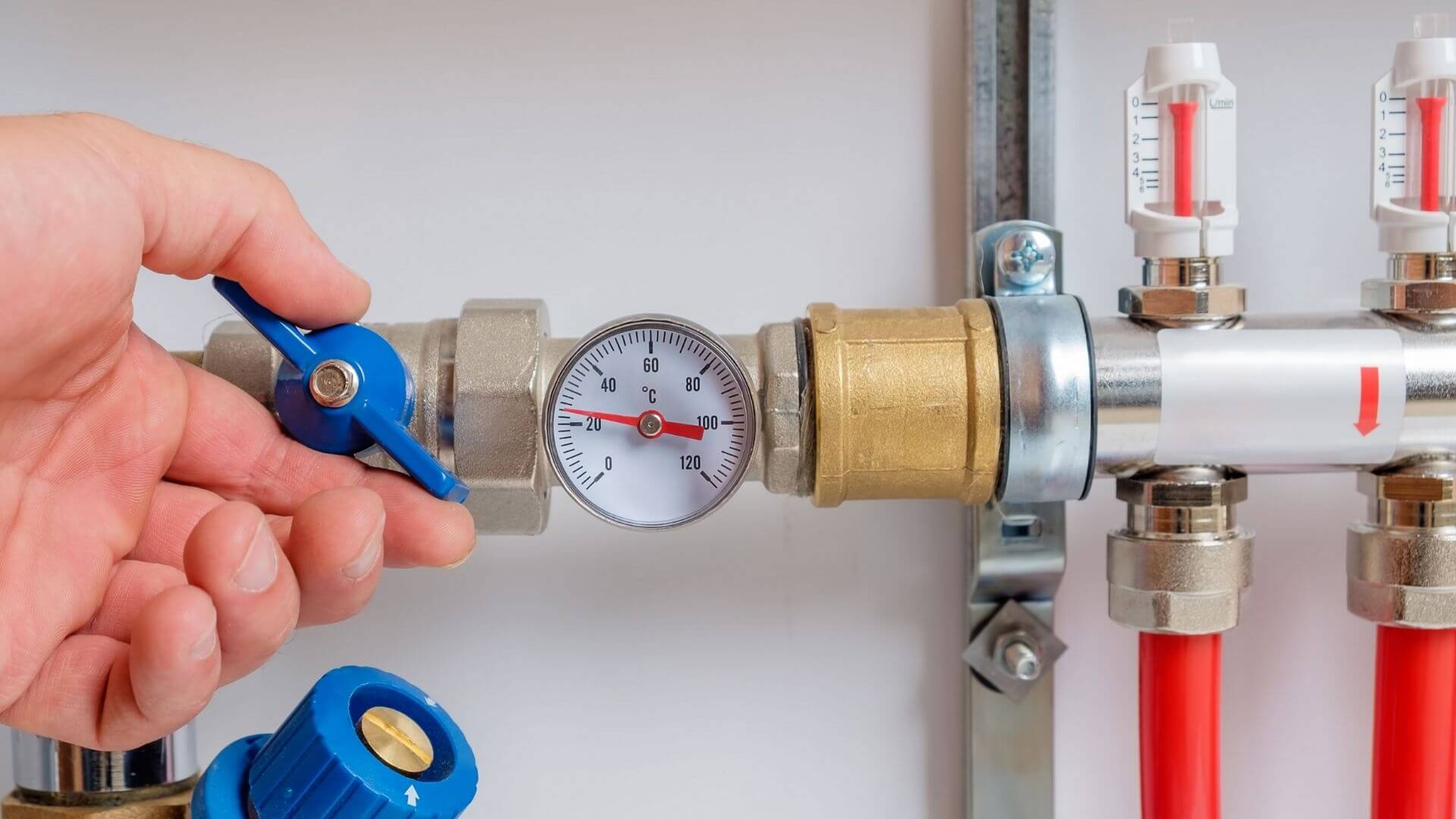





/plumber-unclogging-kitchen-sink-169270382-5797a9355f9b58461f27f024.jpg)



/how-to-unclog-a-kitchen-sink-2718799_sketch_FINAL-8c5caa805a69493ab22dfb537c72a1b7.png)













:no_upscale()/cdn.vox-cdn.com/uploads/chorus_asset/file/19495086/drain_0.jpg)





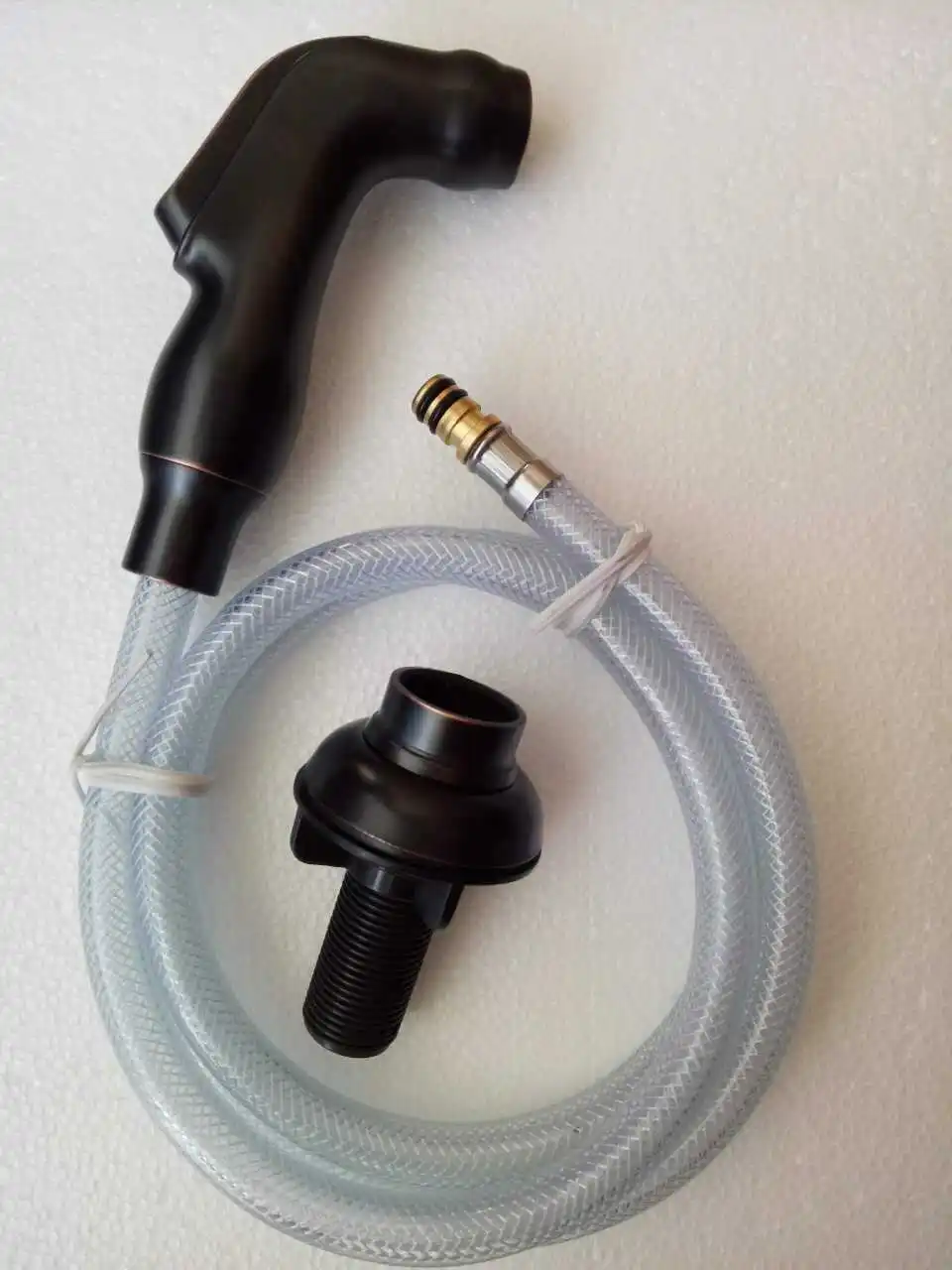

/25089301983_c5145fe85d_o-58418ef15f9b5851e5f392b5.jpg)

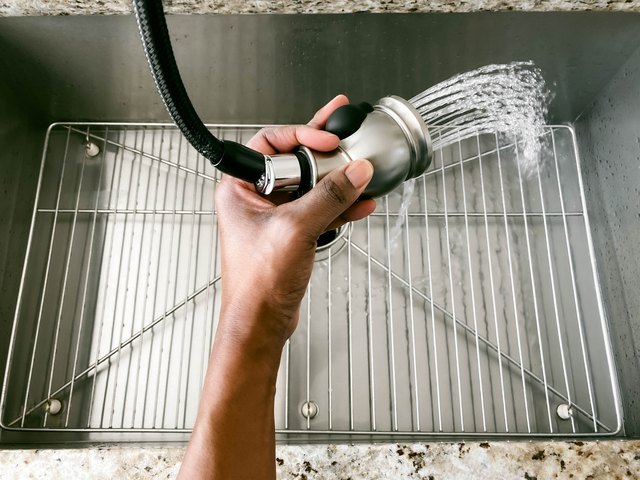
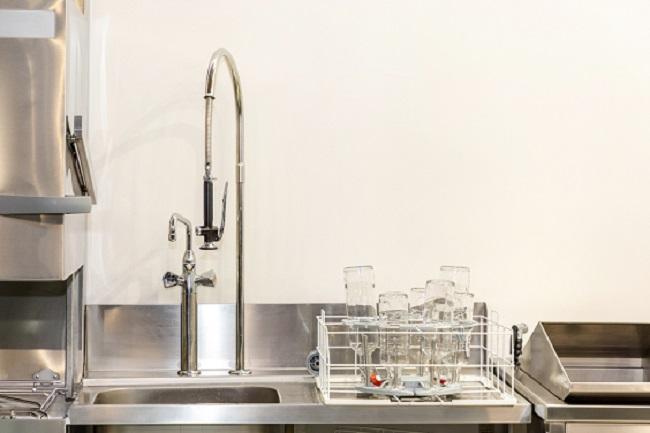

















/how-to-install-a-sink-drain-2718789-hero-b5b99f72b5a24bb2ae8364e60539cece.jpg)


:max_bytes(150000):strip_icc()/how-to-install-a-sink-drain-2718789-hero-24e898006ed94c9593a2a268b57989a3.jpg)


:max_bytes(150000):strip_icc()/how-to-install-a-sink-drain-2718789-04-5715d67f5b7d41429d42bf705bb70e2c.jpg)
